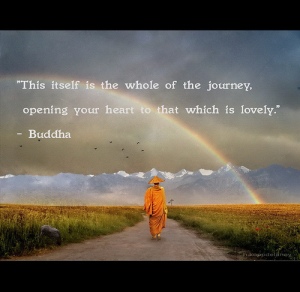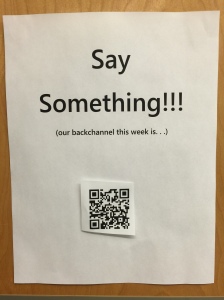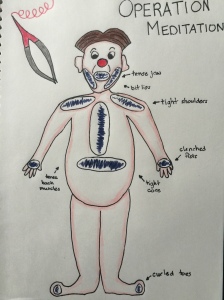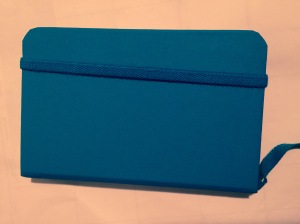I am well into my Headspace guided meditation practice. The sessions have doubled in length of time and there are more sustained periods of practice required. A few key ideas are resonating with me this week.
The first pause came when I was reminded that this is a process. In one session I was asked to be less results-oriented. This is a difficult challenge in learning as we are so accustomed to evaluating and assessing along the way. Instead, I was told to focus on the process and the journey. My goal should not be to tame my restless mind, but instead to develop genuine curiosity and learn to observe my mind with a soft focus.
So, I will not report on the specific drop in my sleep pattern (again) this week. It’s ok that I have been more restless as the time commitment has increased. I will continue to work at this each week, and be gentle with myself as I face some of the common obstacles to meditation.
The biggest question that came out earlier this week was a “Why are you doing this?” While focusing on my breathing I was asked about my motivations. It started simply enough – direct your attention to your intention. This was easily answered. I want to be more present, mindful and calm. My hope is that this will lead to increased hours of sleep. The next day the question changed slightly. If we believe that we will get something positive out of this journey, how might others benefit from our new learning? Ah hah! My mind rejoiced! My underlying purpose has not really been about my high-speed flitting thoughts, after all. My secret, deeply hidden reason for doing this is guilt. I am constantly on the go. My people never get my full attention, because I am worrying about everything that I need “to do”. My ultimate purpose is to train my mind to focus my attention to whatever I am doing in the moment. Whether it is eating a meal, speaking with a friend, commuting with my husband; my goal is to be fully, mindfully PRESENT. I know that I was previously present. My husband speaks of it all of the time. I was a lot of fun when I was in the moment!
Later in the week one of the guided meditations explained that if we meditate as an act of service; with the idea of having something to offer others, the process will become easier, the mind will be softer and become more malleable. I love this focus!
I wonder how our choices in learning new things can be paid forward? I wonder how many people mindfully choose to learn something new with the idea of helping others? How will your current learning project become an act of service for the people in your life?

Photo Credit: h.koppdelaney via Compfight cc



